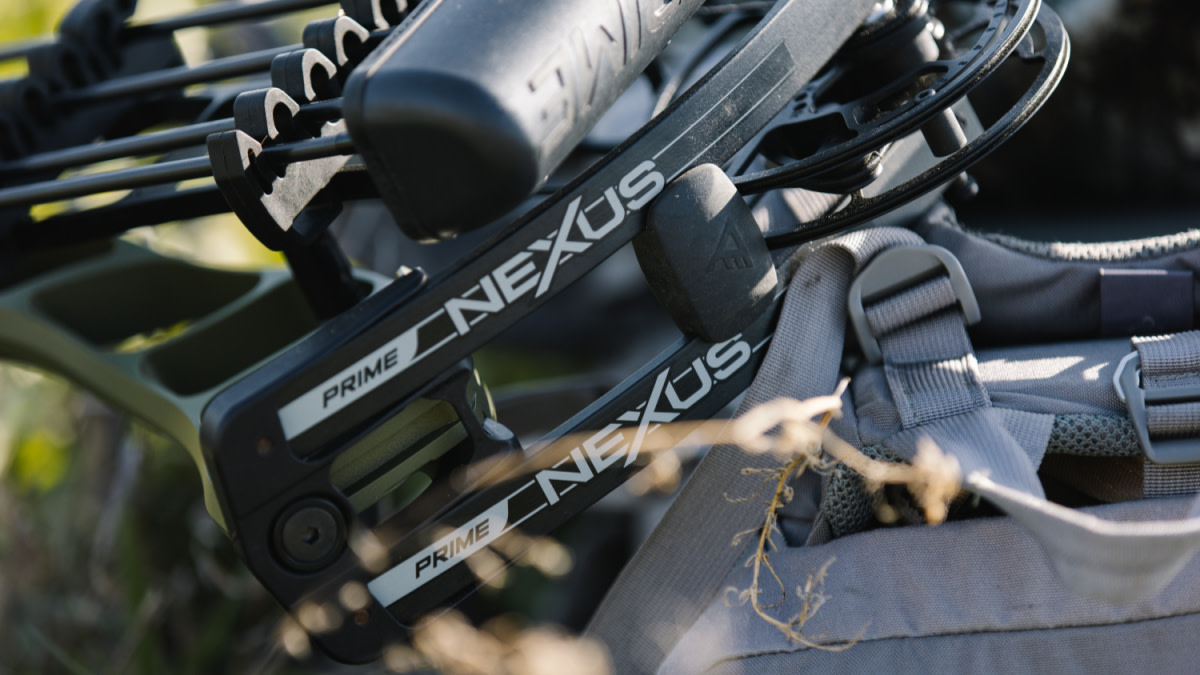
Let’s forget the arguments for and against buying a new bow. Instead, let’s pretend as if you’ve decided that this year is the year you’re going to trade in the old rig for something new.
Since bow manufacturers have been engaged in a who-can-release-it-first war for about a decade ago, the newest models have been out for months already. By March, a whole slate of fresh rigs have hit the pro shops, and you’ve likely consumed some marketing around the latest releases. The two questions that remain are which bow to select and when to purchase it.
The former is fodder for a separate article, given the subjectivity of the final choice. The latter isn’t. In most cases, the sooner you can buy a bow, the better.
Hit The Ground Crawling Jace Bauserman’s byline has been in dozens of hunting publications and he's as into bows and bow setups as anyone I’ve ever met. He’s tuned hundreds of bows in his life and is almost religious about the setup, breaking-in, and shooting processes.
“In my opinion, modern bows are dang-near perfect,” Bauserman said. “The builds, the designs, they are wonderful. But people think because of that, they can buy a new bow and in a week or two be able to shoot tight groups at 100 yards. It doesn’t work that way.”
Bauserman advises instead to take your time with a new bow. “For the first several weeks, I don’t push it past 30 yards,” he said. “It can get a little boring, but I want to get a feel for the bow while shooting as many arrows as possible.”
This is good advice because it allows you to do two things at the same time. The first is that you’ll familiarize yourself with the new bow’s feel. From the grip to the draw cycle to the way the bow holds at full draw, everything will be a little different from your last bow. Plus, you’ll be breaking in your new rig.
A lot of manufacturers recommend at least 500 shots as a minimum break-in period. This allows the strings, cables, limbs, and cams to settle in. Even though materials and designs are lightyears from where they were a decade ago, this breaking-in period is still necessary.
This is also the reason that a lot of hunters find that the honeymoon ends with their new bow after a month or two, especially if they believe the tuning process is a one-and-done deal. It isn’t. Often, new rigs will start to exhibit a little bit of wonkiness in arrow flight, or just accuracy, after a couple hundred arrows. This usually requires a minor tune-up, but if you want killer broadhead flight later on, then it’s a necessity.
Double-Distance Practice and Peaceful Pro Shops Bauserman loves hunting whitetails but he lives in Colorado and spends a fair amount of his season targeting elk, mule deer, and antelope. His average shot on Western game is farther than the average treestand shot in the East. Because of this, he works toward a double-distance target shooting strategy.
“Every year I shoot enough arrows to get myself really confident at twice the distance I plan to shoot at a live animal,” Bauserman said. “That takes a lot of time and a lot of practice sessions. This is why I always like to get my bows set up early in the year.”
Even if you never plan to air one out at a distant pronghorn, the idea of practicing at double your likely shot distance is a good idea. This might take five or six months of shooting, which, if you have a calendar handy, is about what you’ve got left before fall hunting seasons open-if you purchase a bow in March.
Timing a new bow purchase around March does more than provide enough time to get really good with it before the new season. It also allows time to enlist some professional help.
I have a few buddies who work in archery shops, and they always have some wild work stories come August. They also look like they’re one stupid question away from snapping at any given moment by the end of summer.
Spring is a different story. Now is the right time to upgrade if you want the most attentive customer service and a hands-on buying and setup experience. This gives you the best chance to not only buy the perfect bow for your needs but work with a pro to make sure it's tuned and re-tuned as often as necessary. That’s important if you don’t have a bow press and the knowledge to work on bows to address tuning issues.
You probably don’t, and that’s OK—help is out there and so are new rigs. If you’ve made up your mind that this is the year for an upgrade, don’t drag your feet. It’s time to get set up and shooting because the season will be here before you know it.




